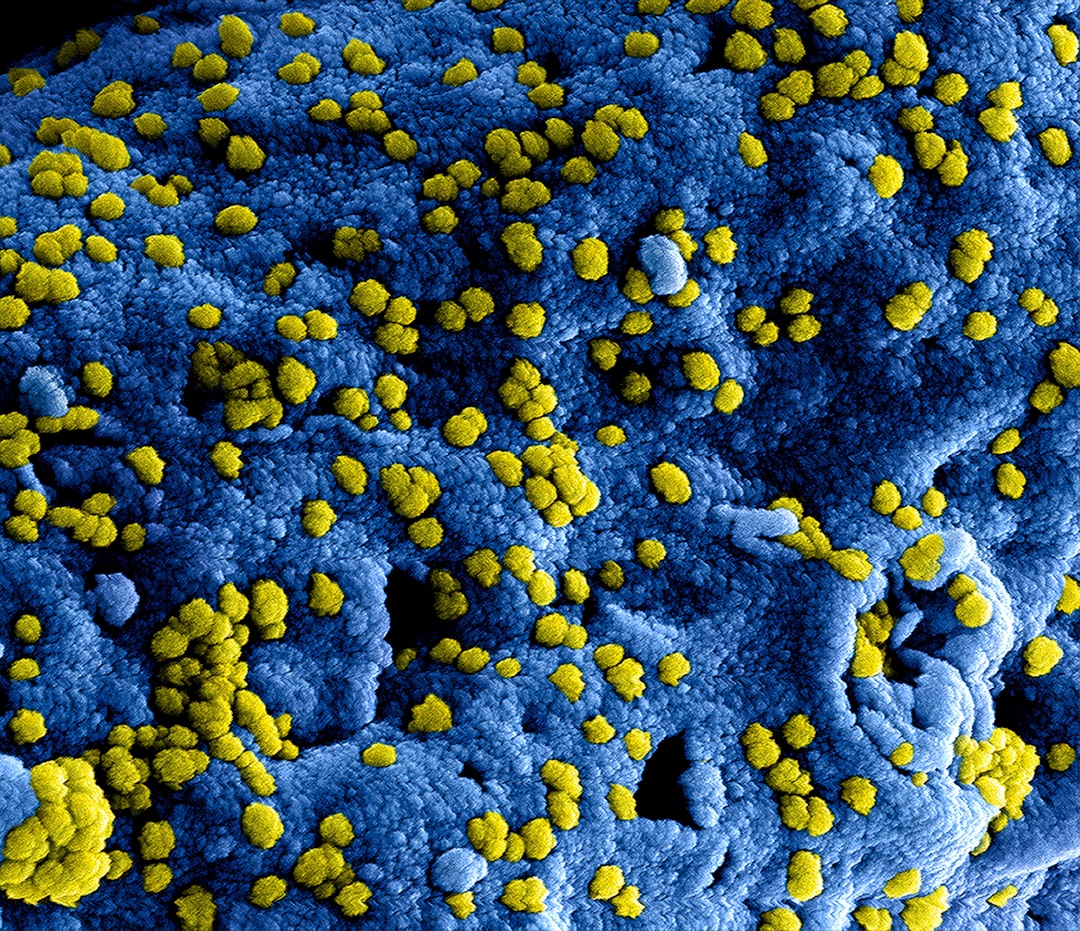What is it about?
To assess whether hyaluronic acid, a building block of proteoglycans and extracellular matrix with hydrophilic characteristics, might contribute to magnetic resonance imaging (MRI)-detected proton signals elicited by bleomycin in the lung. To this end, hyaluronidase, which degrades hyaluronic acid, was administered to bleomycin-challenged animals.
Featured Image
Why is it important?
The present data indicate that hyaluronic acid contributes to the bleomycin-induced responses detected by MRI in the lung.
Perspectives
Good model to test anti-fibrotic compounds in vivo.
Professor Nicolau Beckmann
Novartis Institutes for BioMedical Research Basel
Read the Original
This page is a summary of: Hyaluronidase modulates bleomycin-induced lung injury detected noninvasively in small rodents by radial proton MRI, Journal of Magnetic Resonance Imaging, March 2014, Wiley,
DOI: 10.1002/jmri.24612.
You can read the full text:
Contributors
The following have contributed to this page










